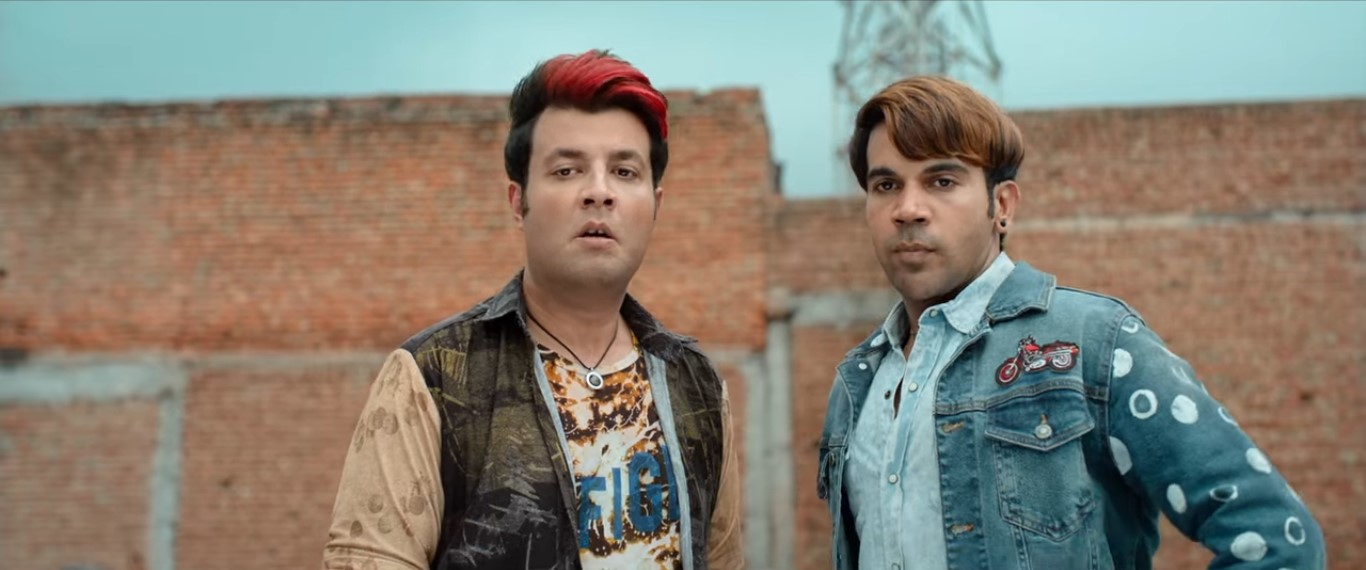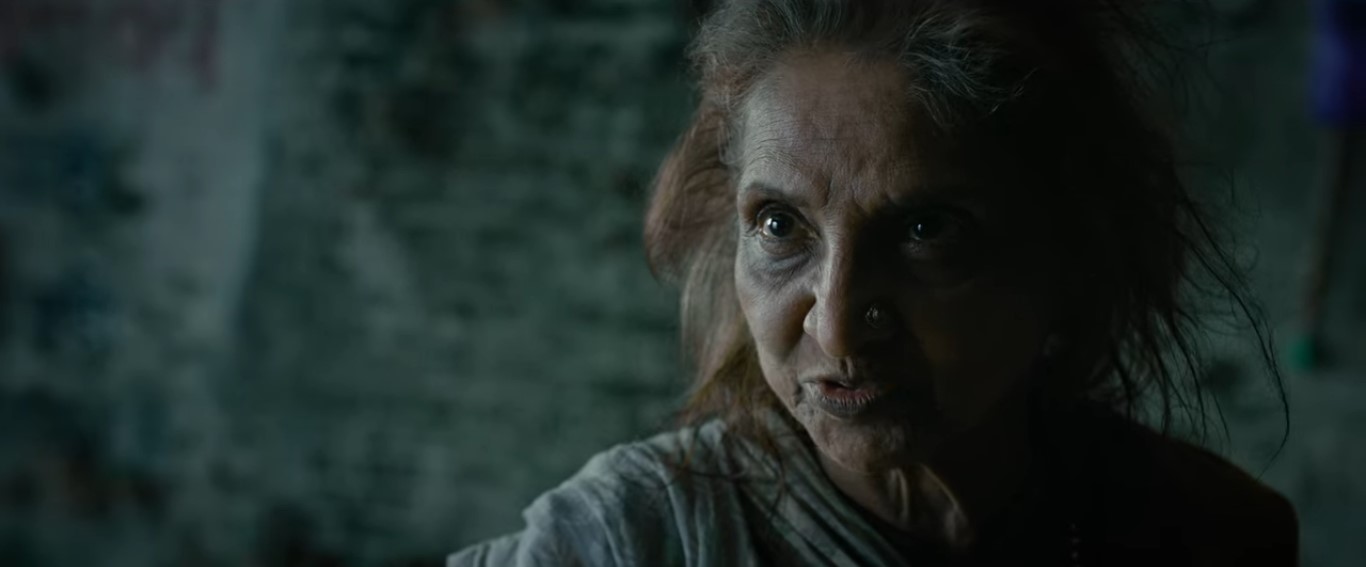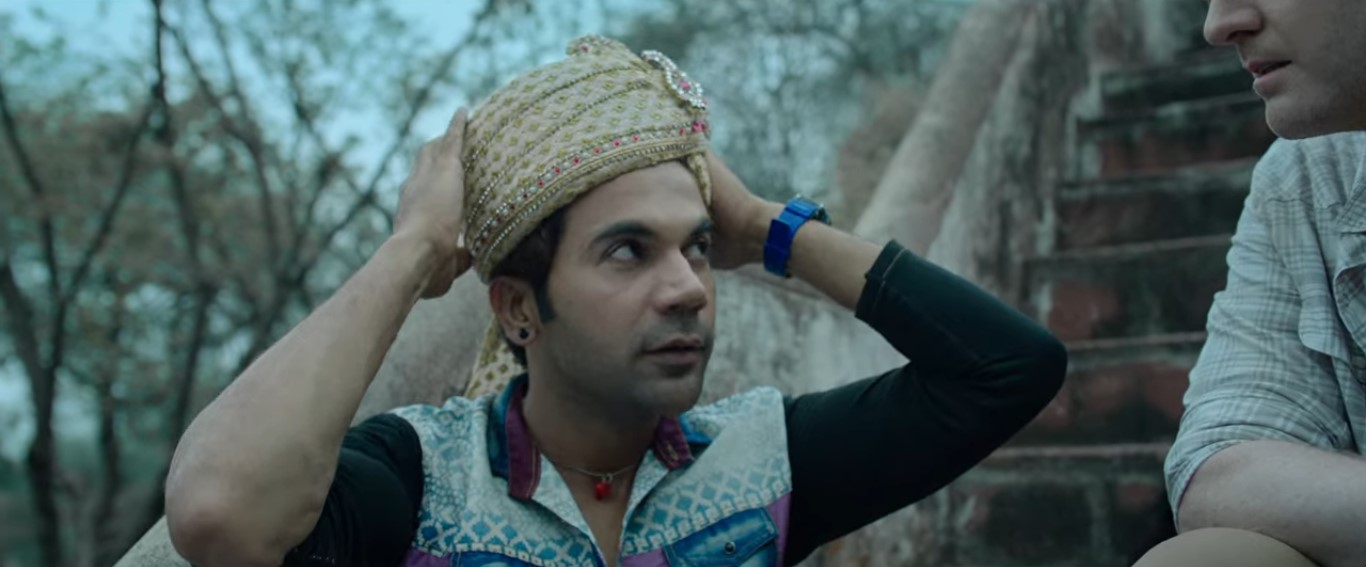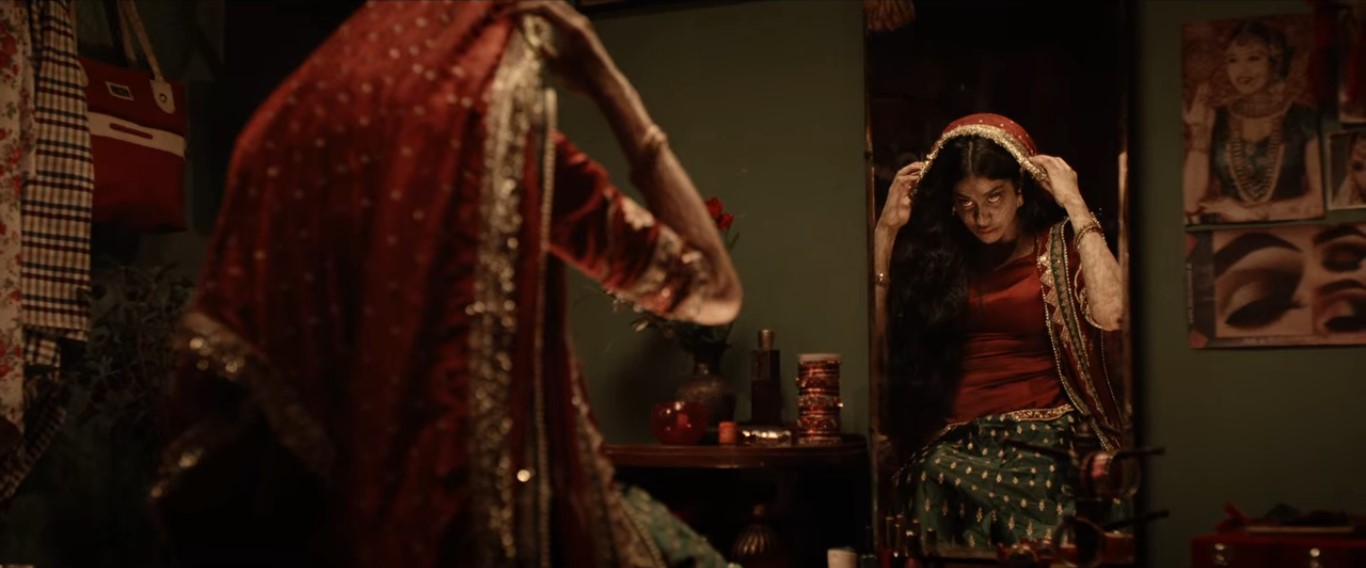Helmed by Indian director Hardik Mehta, horror-comedy ‘Roohi’ manages to take all tropes of dominant Bollywood movies and mash them into a presentable concoction. With known celebrities such as Rajkummar Rao, Varun Sharma, Janhvi Kapoor, and Manav Vij in prominent roles, the film features a Jay-Veeru bromance, a bride on the run, a love triangle, and a bloodthirsty witch to top it all off, but the finality of the film deviates to create a mark in the viewer’s imagination.
While the film does not make much sense on a realistic spectrum, it contains a profound symbolic message in the final twist, which sets the film somewhat apart from the mindless comedies spun out of the industry. If you are still scratching your foreheads after the end credits have rolled, we shall give you a refresher course on the ending while analyzing it for you. SPOILERS AHEAD.
Roohi Plot Synopsis
Roohi begins with the exposition of the fictional North Indian small town of Baagadpur through a westerner’s lens. The lens gradually becomes the lens of the film as it focuses on Bhawra Pandey, a shady reporter for local newspaper Mujeerabadi Zalzala, and his gawking sidekick Kattanni. However, we get to know that the duo has another profession. Baagadpur has a medieval tradition of bride kidnapping (which is apparently a thing in many eastern cultures), and these two are professional kidnappers working under a local marriage broker called Guniya Shakeel.

They get a tip to kidnap a woman from outside a hospital, which they carry out with much struggle and little grace. However, the marriage is postponed, and they are asked to take the woman to the Ambiyapur Wood Factory outside the town. The woman’s name is Roohi, but she is possessed by a witch named Afza. Although Afza is the most notorious kind of witch, a mudiyapairi (inversed feet) one, it does not take long to form a love quadrangle between Roohi, Bhawra, Afza, and Kattanni.
By disclosing the pure emotions of love, they manage to antagonize their matchmaker boss who comes after the three (it is imperative to remind the reader that Roohi and Afza embody the same person). After some speculation, the party reaches the town of Chimattipur which specializes in exorcism and tantric shenanigans, to save Roohi from the witch. But destiny, or rather, the scriptwriters have different plans for her.
Roohi Ending: Why Does Roohi Marry Afza?
The sheer absurdity inherent in the male rhetoric of Indian marriages drives much of the film forward. Bhawra roots for a cure for Roohi’s possession only to get hitched, and Kattanni, who has some seriously spooky fetishes (owing to his love of James Cameron films), falls in love with Afza. Afza wants to marry someone as the full blue moon appears, and it is her only destiny, it seems.
In the heteronormative world of the film, we see marriages through social, political, and gendered lenses, but the final moment of the film deviates from the expected narrative by subverting the traditional trope. Like most dominant Indian films, this parody also ends with a marriage, but in a moment of triumph, Roohi decides to embrace the witch within her, and they get hitched together by taking seven rounds around the fire, in keeping with the Hindu wedding rituals. Roohi and Afza’s nuptial is symbolic in its psychological exploration of the feminine psyche. While the male characters expect Roohi (or the witch in Kattanni’s case) to marry one of them, she breaks the tradition and claims independence for herself and her gender in the finality of the film.
Who is the Old Woman?

Bhawra meets the woman outside a shaman’s den, and the woman seemingly holds the secret to Roohi’s cure. The woman, whom he calls Auntie, knows everything about a Mudiyapairi since she was once possessed by the same kind of witch. As she shows Bhawra her feet, we see that they are not particularly parallel. She gives Bhawra the plan of tricking the witch into marrying an already married man, which in her opinion can cure Roohi of the possession.
However, she divulges a possible risk in the procedure – it can lead to death. In the final scene, the woman sees Roohi escaping on a scooter, and she rejoices before suspiciously disappearing, leaving her sandals. The suggestion is that the woman, like Roohi, is a woman who has come to terms with her supernatural identity and was Mudiyapairi herself. Maybe the death that she was talking about earlier refers to the merging of the opposites into the single identity of the eponymous character.
Why Does Bhawra Get Married to a Dog?
In a state where consent is a myth, Bhawra initially kidnaps Roohi to make her a bride for one of Guniya Shakeel’s clients, but later plans to marry her himself. But Roohi is possessed by a witch – and not an ordinary one – who gushes when she sees Kattanni. As Bhawra himself puts it, it is a love triangle situation. While western sci-fi fan Kattanni has seemingly fallen for the mudiyapairi witch, Bhawra’s heart lies with the shy and reticent maiden, Roohi.

But the witch and the maiden embody the same person, and they have to do something about it. Bhawra visits exorcists and shamans, most of them fake. Those who are seemingly professional, like the Paan guy, are too afraid to face the infamous mudiyapairi. However, Bhawra finds a woman who intends to help him out against a 400 rupees network recharge.
The woman convinces Bhawra to marry a dog, since Afza may leave Roohi’s body if they are married to an already hitched guy. Following the plan of Auntie, Bhawra comes to the occult town of Chimattipur to break Roohi’s curse. However, there is a crutch – mudiyapairi witches are not welcome in the town. After much mayhem, the full blue moon ascends, and Afza the witch must marry someone.
Does Roohi Suffer From Split Personality Disorder?
In art forms like paintings and cinema, witches are often associated with women. In the Indian cultural imagination, they are often depicted as inverse-legged hags who live in fringed quarters and dwell in the realm of black magic. In India and elsewhere, the power within the female has been dogmatized in various forms.
From the myth of the Greek sorceress Circe, who can turn men into swine, and her Indian equivalent Surpanakha, who can turn herself into various forms to lure Laxman into her trap, to the likes of ‘Jane Eyre,’ women have often been portrayed as erratic, violent, and hysteric creatures who stand outside the rational realm of men to attain mysterious, almost mythical proportions.
At the Ambiyapur Wood Factory, when the men get to know about Roohi’s supernatural predisposition, Roohi tells Bhawra that maybe she has a split personality. And in fact, it often seems that she does, as she oscillates between extreme calm and rage. While the witch seeks nothing but marriage, it is evident by the end of the film that Roohi does not want to marry. When, in the final twist of the film, Roohi has to choose someone to wed, she chooses the witch that possesses her.
In a place where the only destiny of a woman is to be picked up in a van, against her wish, to marry a stranger, Roohi embraces the persona of Afza, who gives her power and freedom. This film abounds in little pop culture references, and for those who know, Rooh Afza is a crimson-colored herbal drink popular in the subcontinent. The witch and the maiden are quite content with each other as they make a killer pair together.
In the penultimate scene, where the camera sees Roohi departing on a scooter with her newfound liberty and not looking back at the guys (and thus breaking the hackneyed trope of Bollywood romantic comedies), a Hindi writing on a wall appears towards the right of the screen. The writing says “Beti Bachao, Beti Padhao” (which translates as “save the daughter, teach the daughter”). In a rural landscape where an aura of superstition reinforces the medieval machinations of Brahmanical patriarchy, the suggestion is that the only way out of this wretched state of affairs is with the help of education.
Read More: Best Indian Horror Movies


You must be logged in to post a comment.